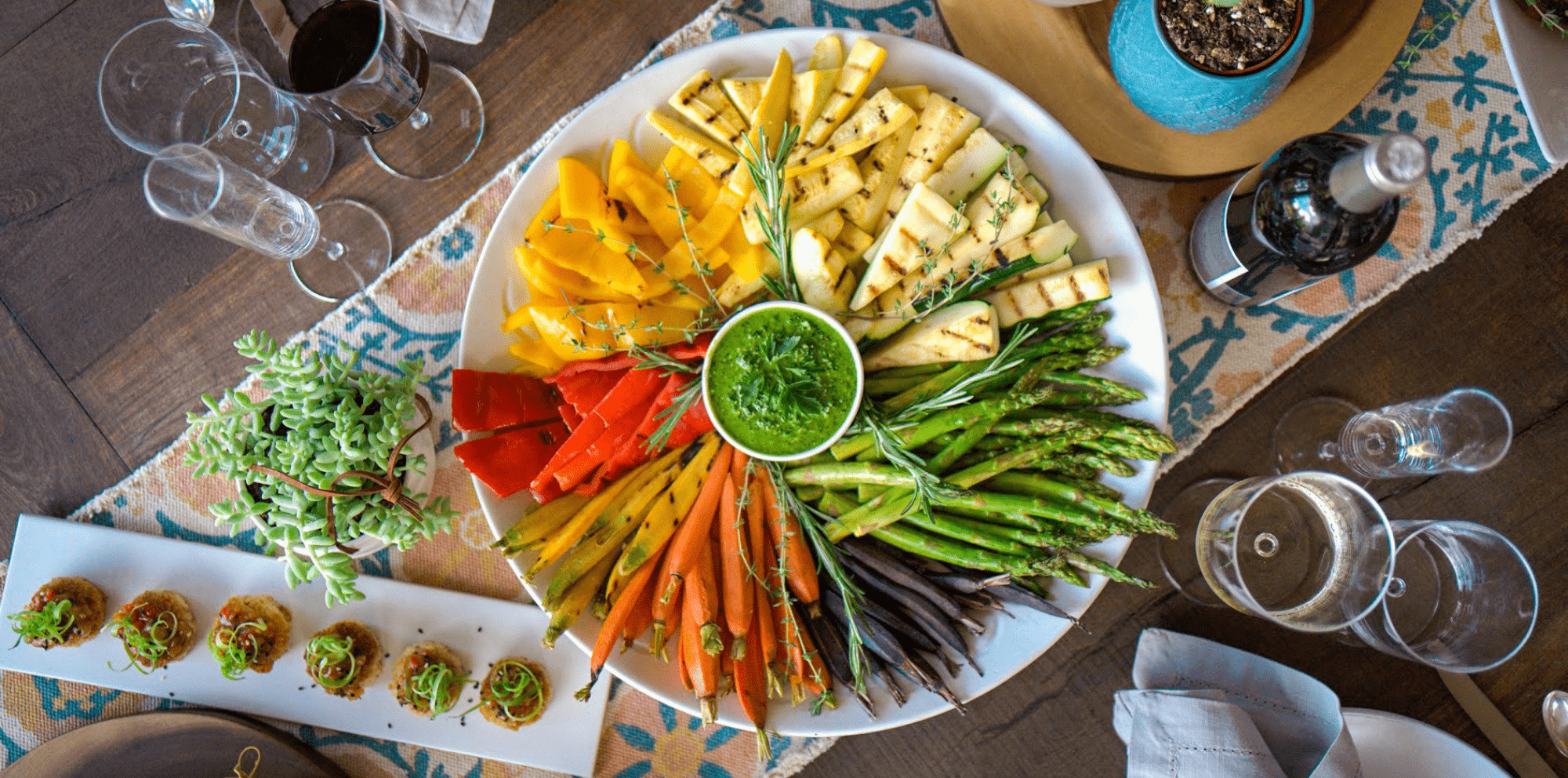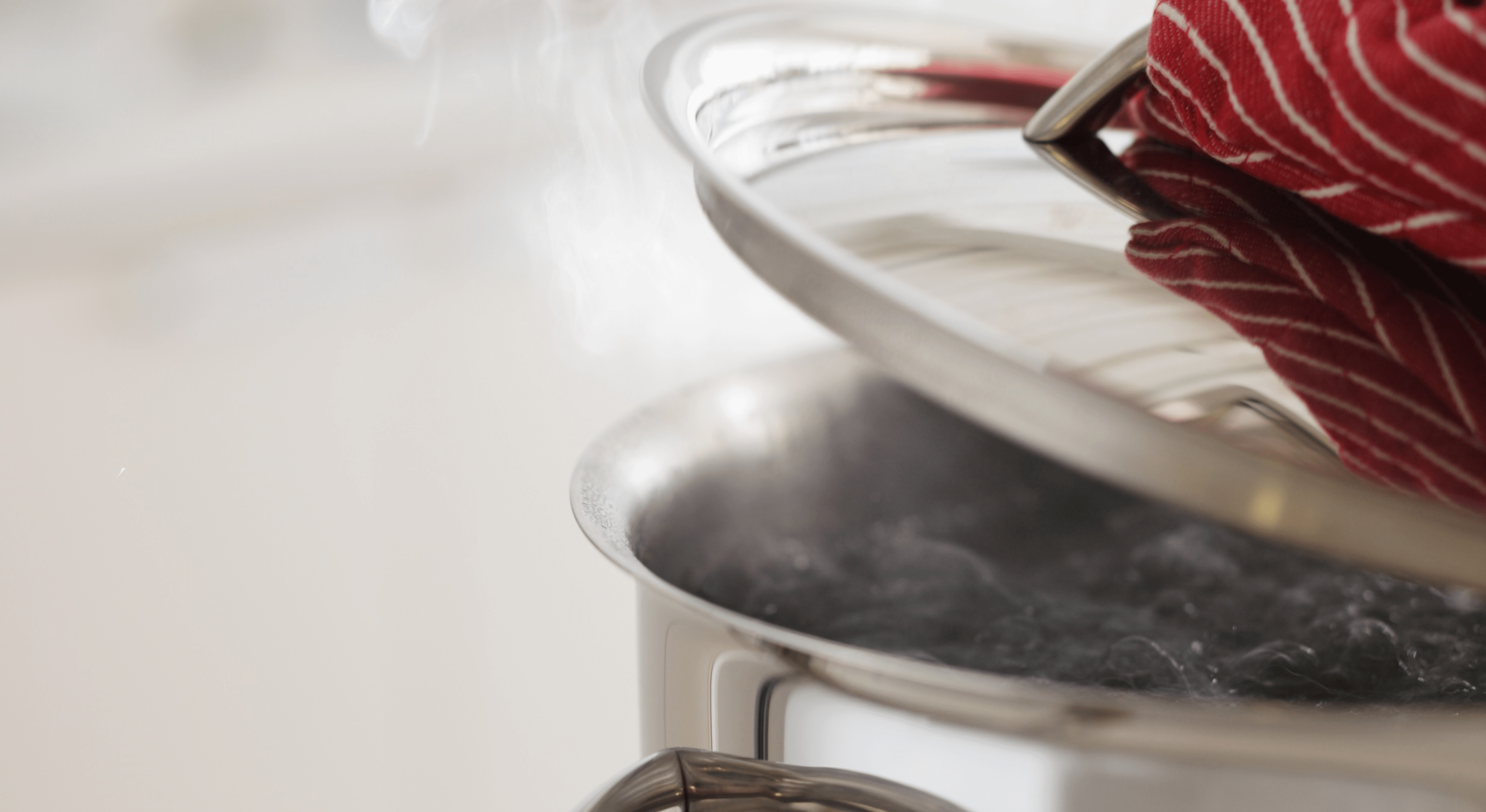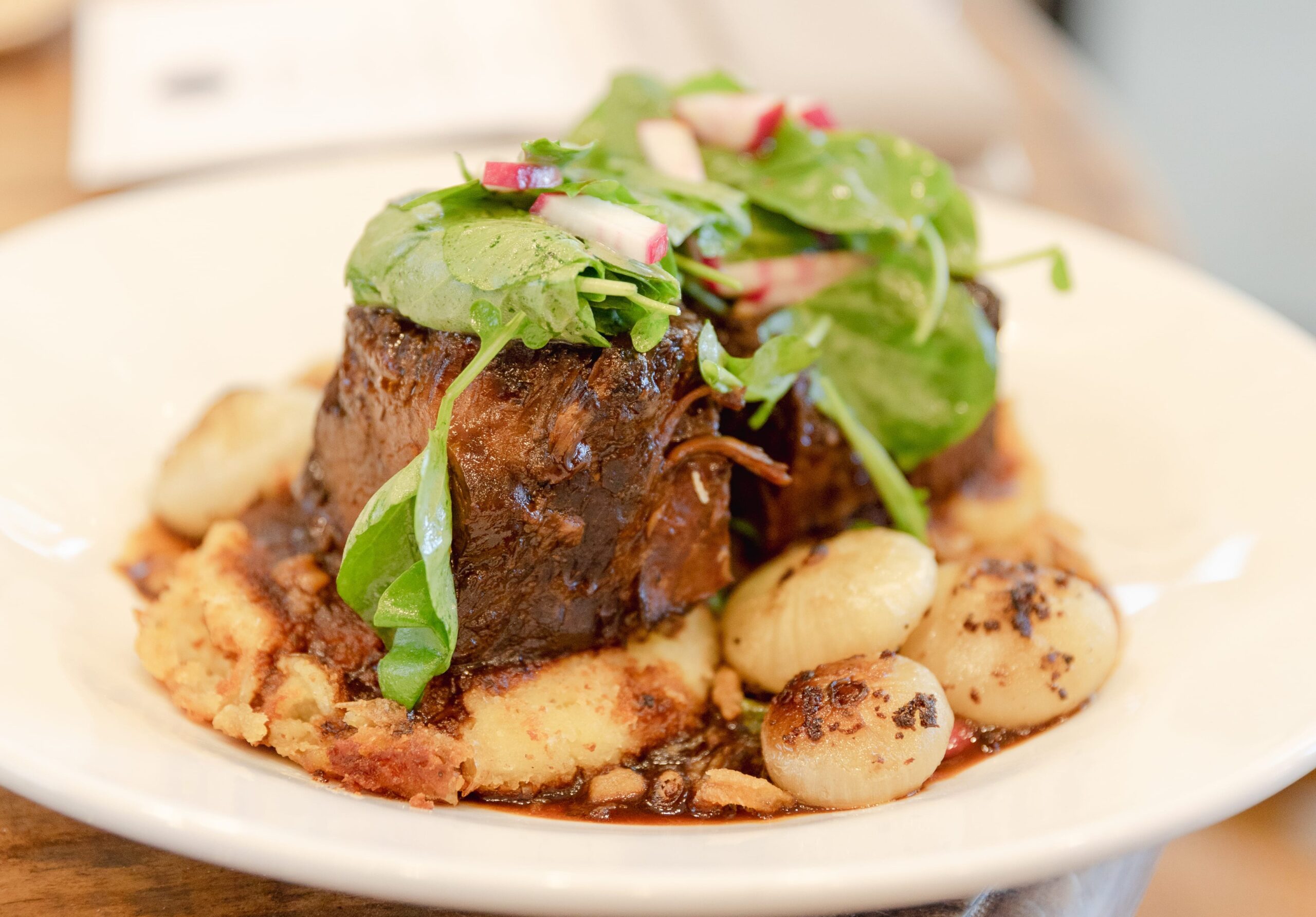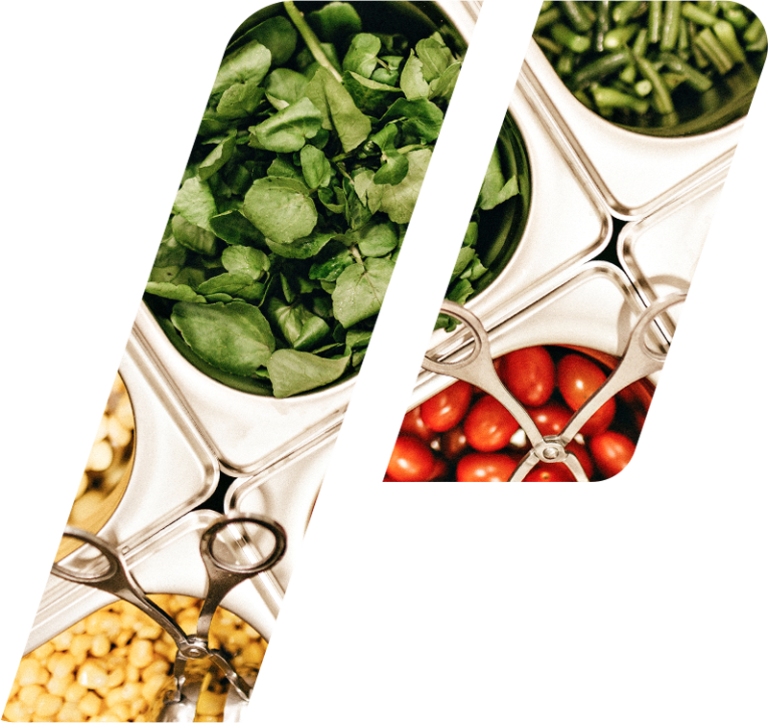
Twenty Years at the Waste Management Phoenix Open
Pivot Culinary is proud to have partnered with the American Sports and Performance Dietitians Association (ASPDA) in hosting their first pre-conference Meet+Greet event in the association’s 17-year history…..








